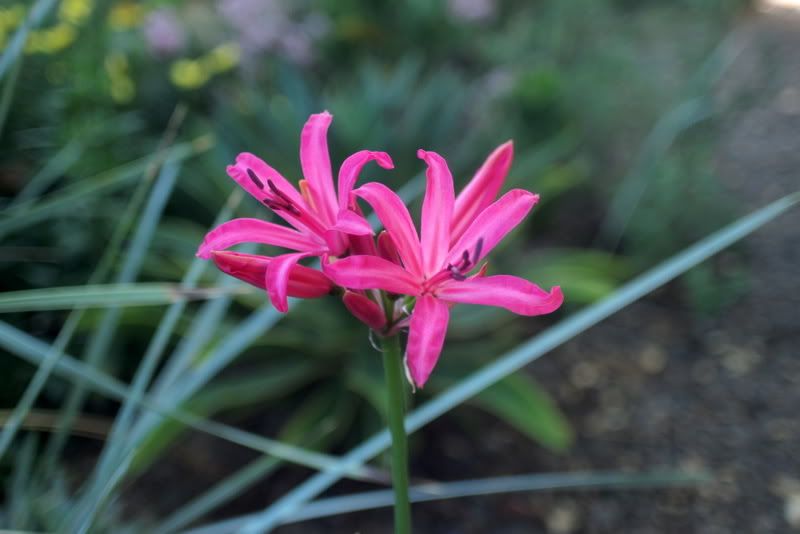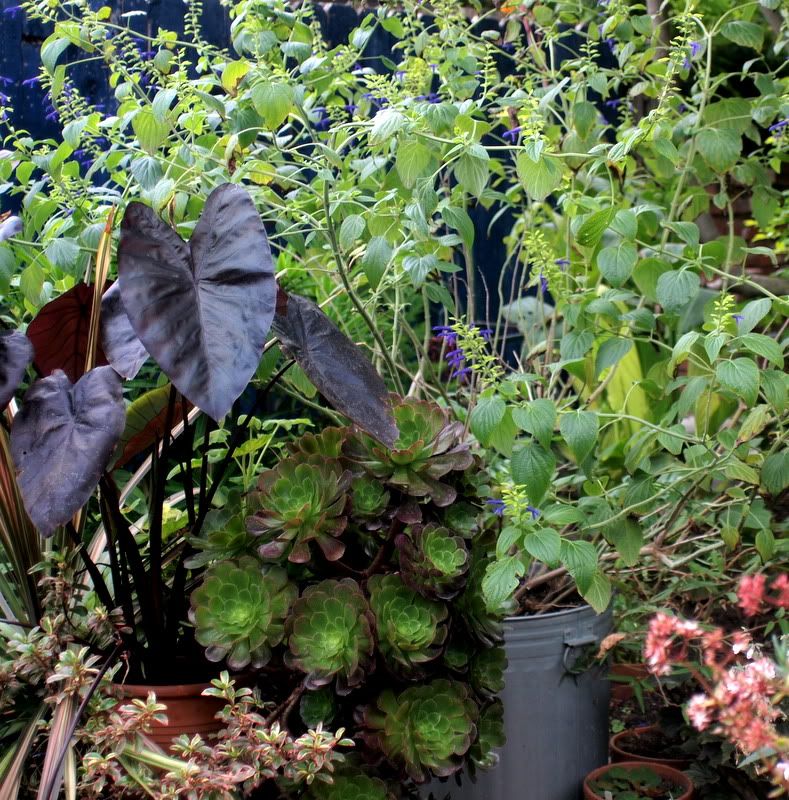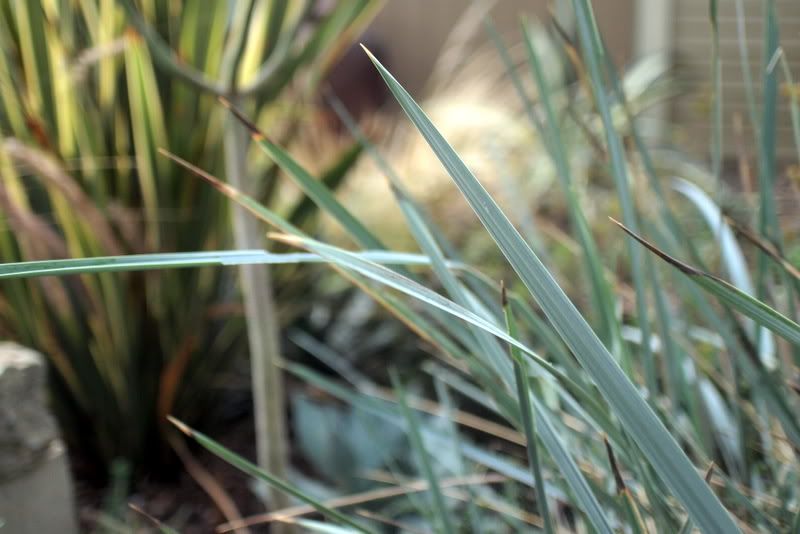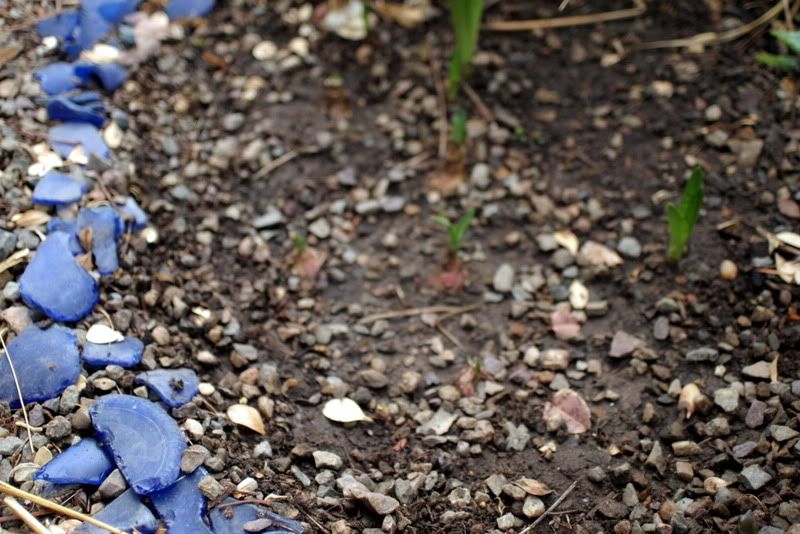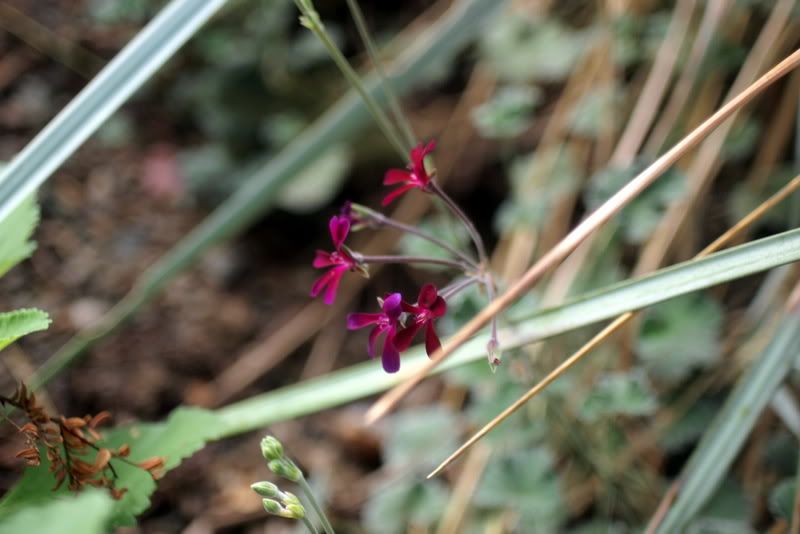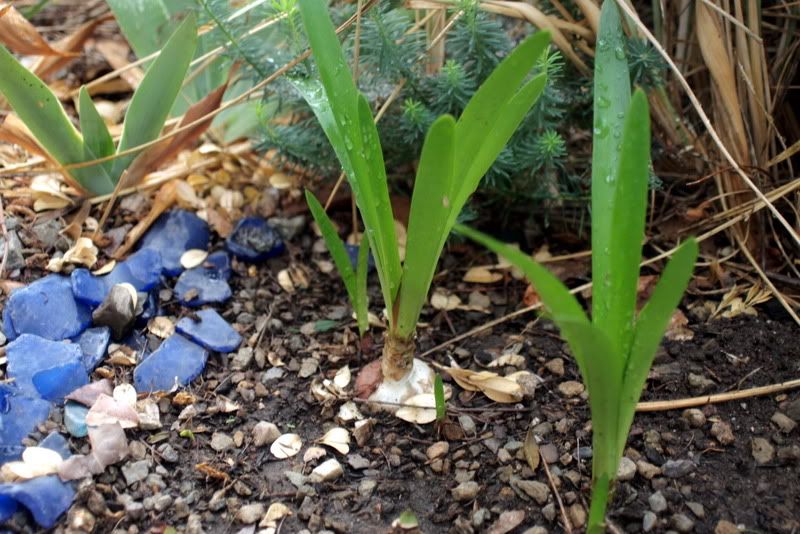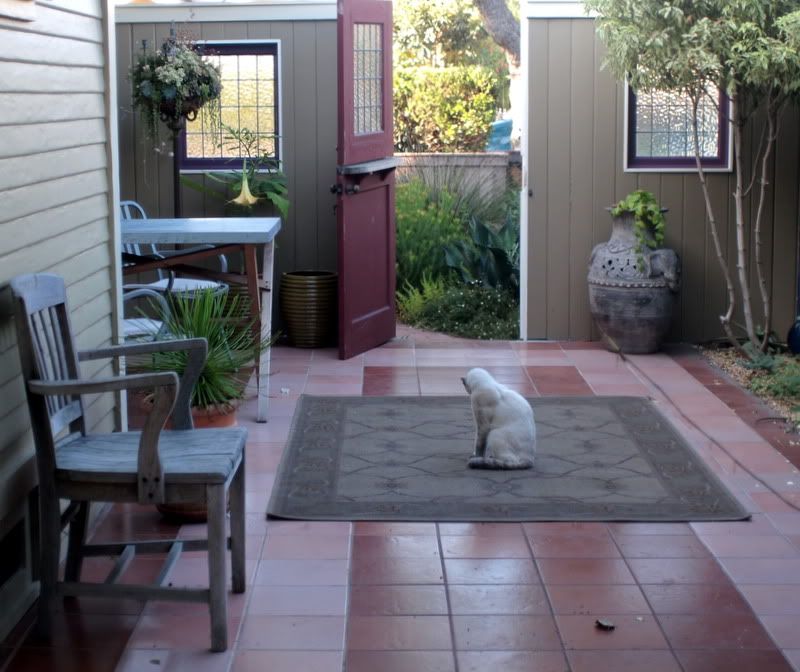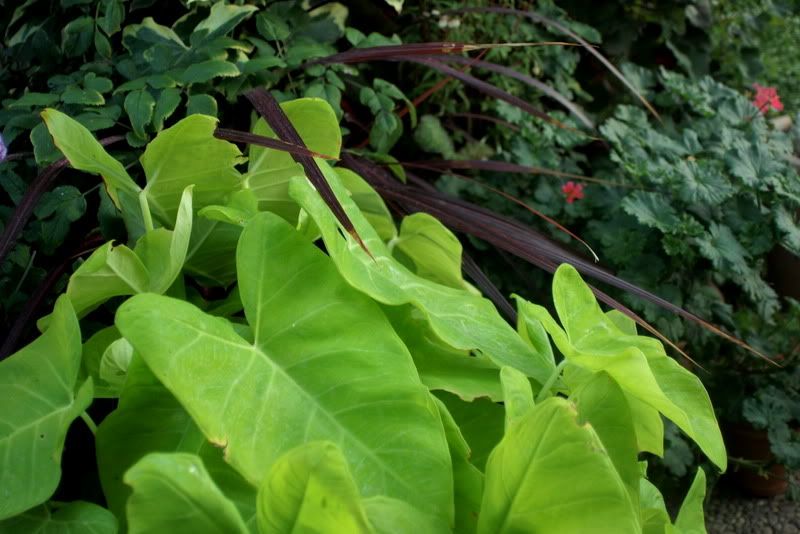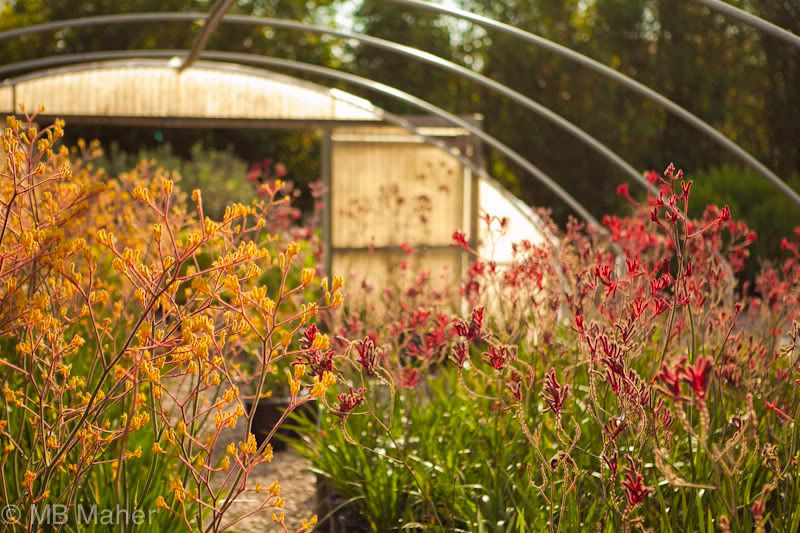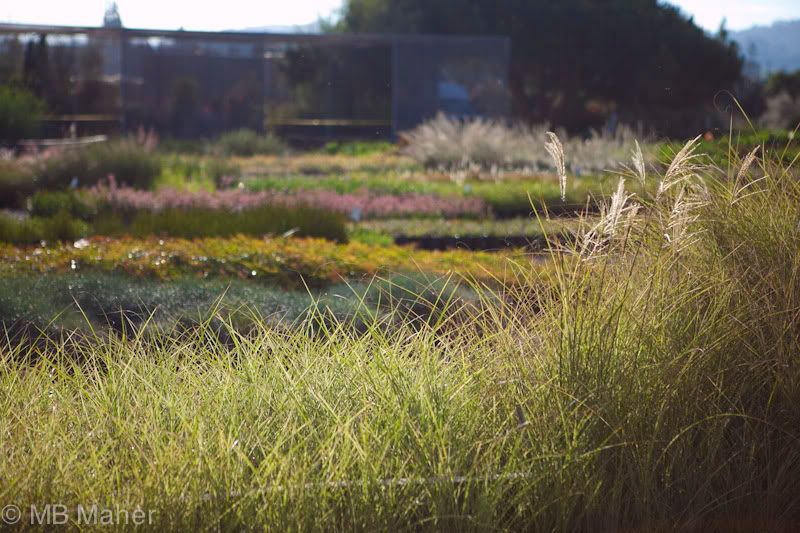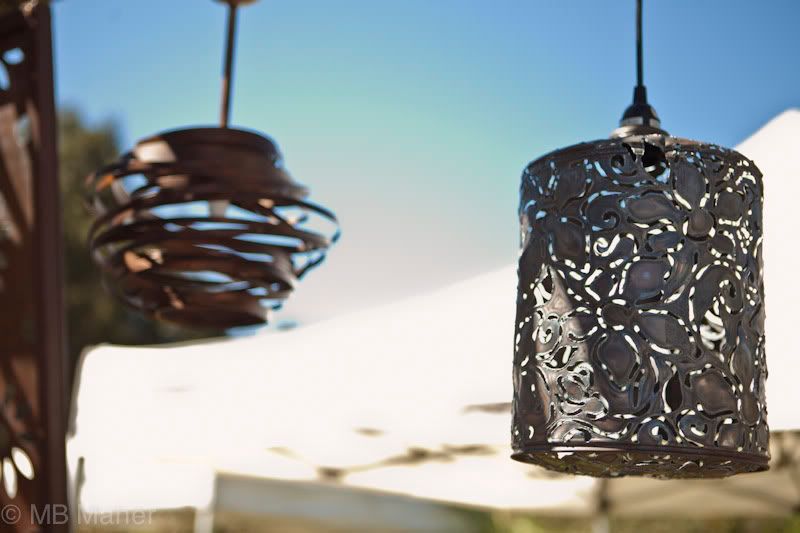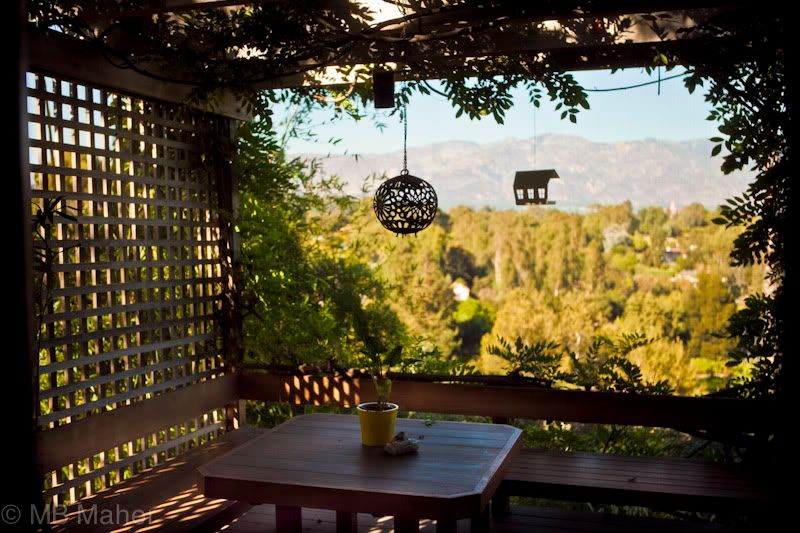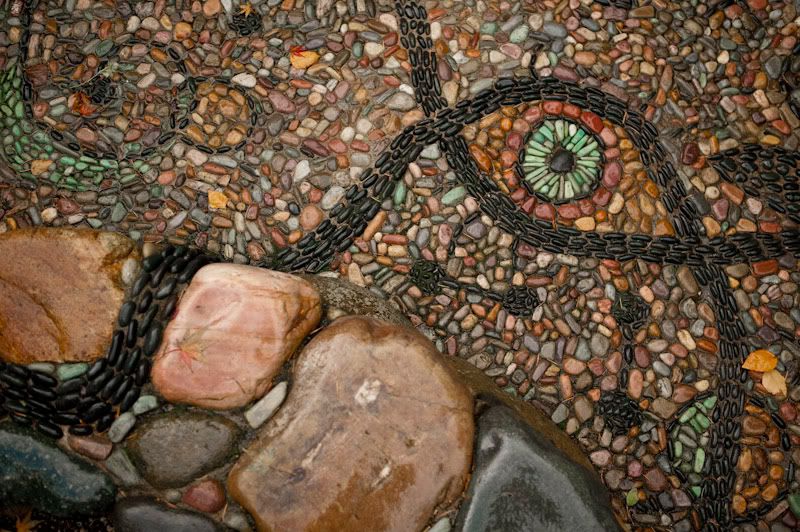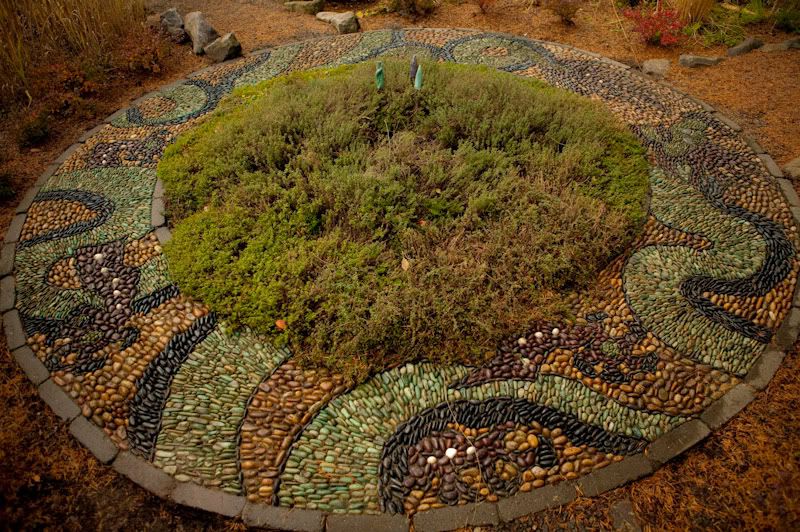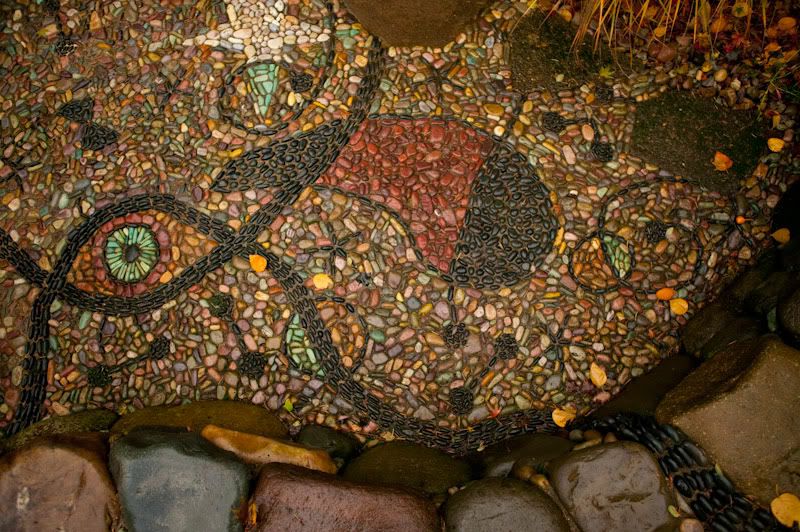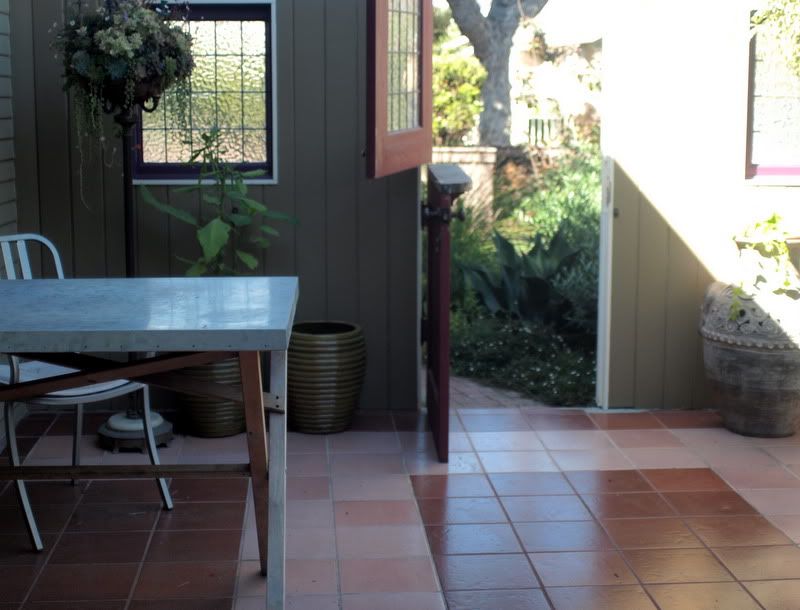It was recently calculated (but not by me) that my little back garden is all of 882 square feet.
After 20 years of gardening here, methodically covering every inch of that 882 square feet, with moisture and light now robbed by mature trees and shrubs, this past year I became intensely interested in vines. It is a gardening cliche, but where square footage imposes horizontal limits, think vertical.
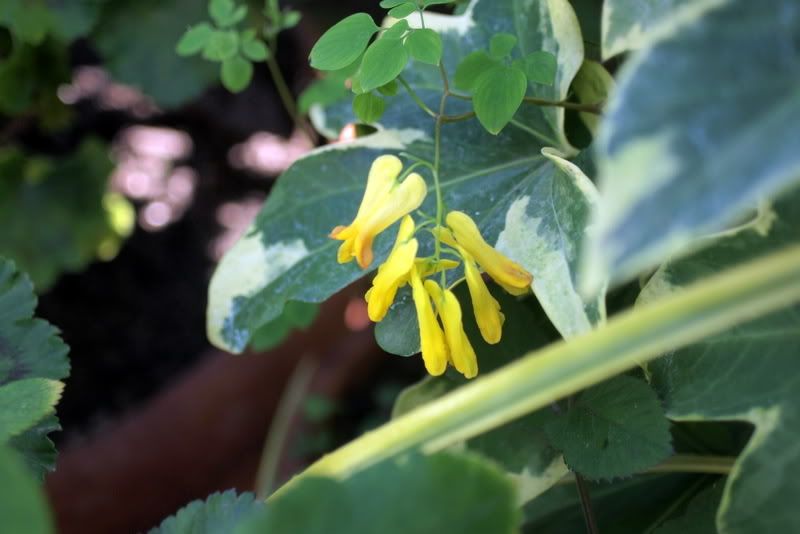
In addition to the above Dicentra scandens for shade, smaller passifloras are being trialed for sun, like this P. sanguinolenta.
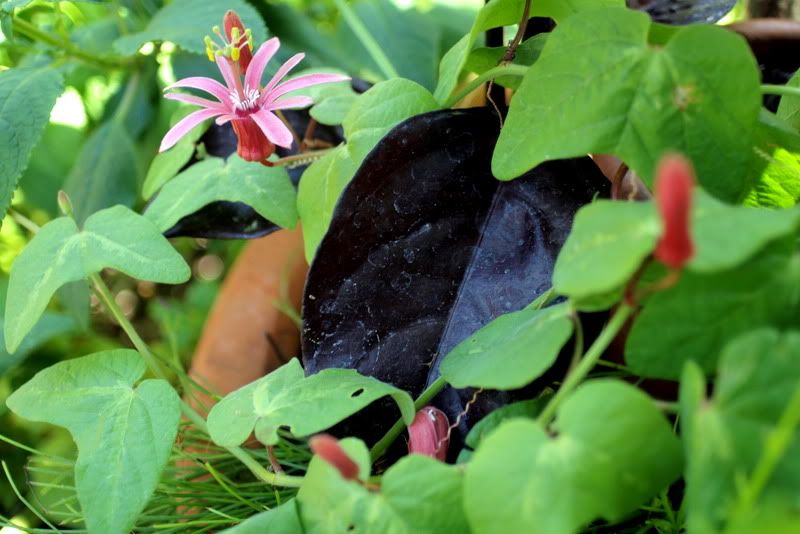
Another group of vines catching my attention are the asarinas, in white, purple, pink.
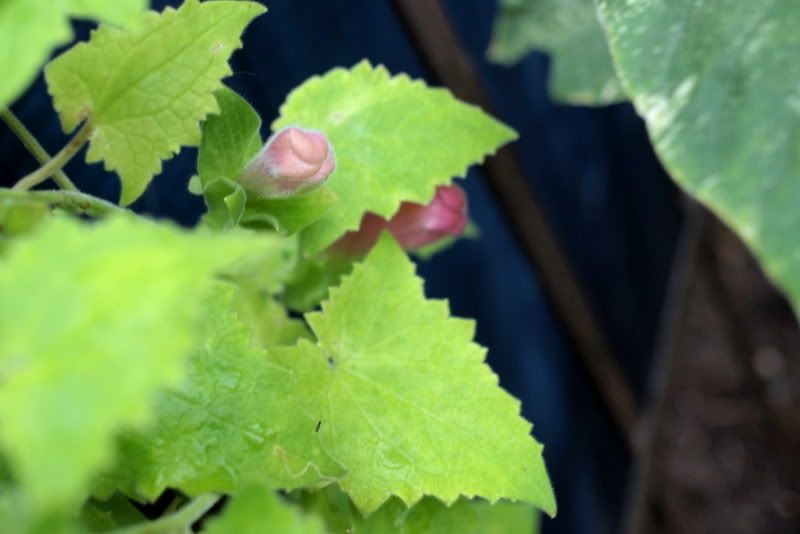
Cobaea scandens, a shameless tart for the camera, like the asarina is theoretically perennial in my zone 10, and I just noted fresh buds forming in the wake of a recent downpour while I was away for a week in NYC. I really hate missing a good downpour. The bicoastal tradeoff was, while it poured at home in Southern California, NYC stayed dry and comfortable, perfect walking weather.
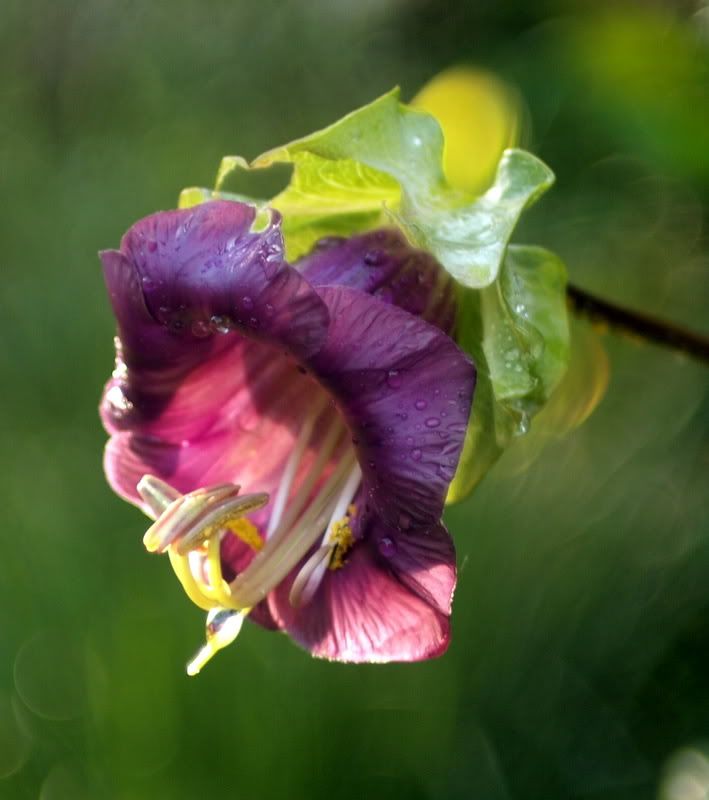
Thunbergias are also snagging my ever wandering attention. I have no photos of the one bloom of a new peachy Thunbergia alata I planted this summer, but I mention them here as an example of a plant that I must have somehow suppressed inquiry into way back, at a time when I was imprudently skipping over anything blooming in orangey/golden yellow. The longer I garden, the more I value the flexibility to recognize the worth of the plants that want to grow where I live, whatever their color. Thunbergia is just such a vine, so I’m planning to include lots more. (For those with an aversion to strident yellows and oranges, your time has come, with new colors appearing every year in peachier tones.) Ducking in for a haircut just before leaving town, I noted the salon’s thunbergia vines in large concrete planters were still blooming lustily, a nonstop, year-round performance of egg yolk-yellow flowers, with only haphazard care from one of the stylists. With color prejudices cast aside, thunbergia offers up some thrilling vines, including the tropical T. mysorensis.
Along with cobaea, thunbergia, and asarina are other valuable vines, annual in zones colder than mine, like Mina lobata and Dolichos lablab of the amazing purple pods and equally amazing name, like a character out of Doctor Dolittle, right alongside Gub-Gub, Dab-Dab, Chee-Chee, and Too-Too (pig, duck, monkey, owl, respectively).

No luck at all the past couple summers with Eccremocarpus scaber, which flourishes in Northern California, as does Rhodochiton atrosanguineum, which drapes and arranges its blossoms of purple parasols in the most enchanting configurations. Manettia cordifolia arrived in the fall order (from Plant Delights), along with a golden jasmine. Next summer, for pole beans, it will be ‘Trionfo Violetto.’ I may even bring back another Antigonon leptosus, the coral vine I grew years ago. No more sappy dreams of clematis though. Yes, they can be grown in zone 10, but not by me, except for my little winter-flowering C. cirrhosa. And vines don’t necessarily have to climb. They are just as happy meandering along the ground, infiltrating horizontally, or spilling out of pots, where the little firecracker vine, manettia, was planted a few weeks ago.
Lastly, the timeless grape, Vitis vinifera ‘Purpurea’ has been with me a long time, its curtains a brilliant backdrop for other vines and pots of summer tropicals.



